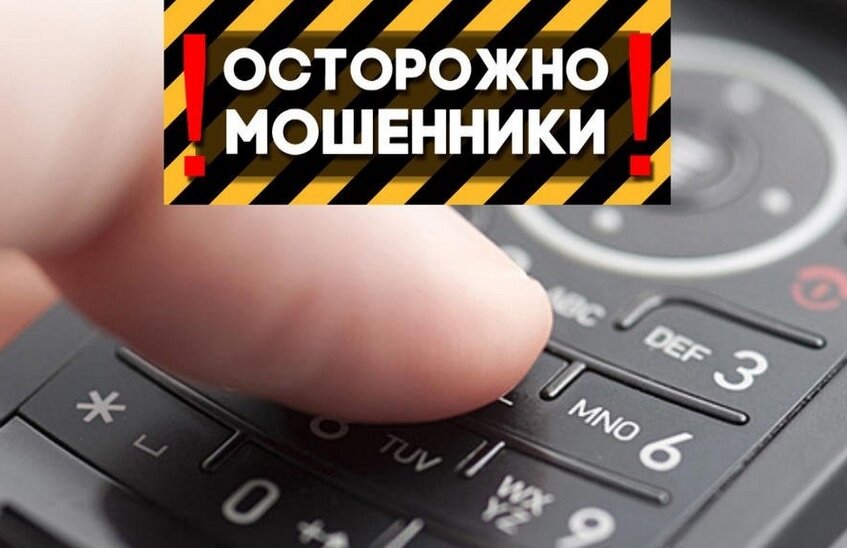Digital payments — are a modern, very convenient, and widespread way to pay for various goods and services. But despite their advantages, this payment system also has its drawbacks, which scammers know about and actively exploit. Among the many different methods, fraudsters very often use carding fraud and chargeback fraud. These are the two most popular and simple schemes of cyber theft. Their primitiveness makes them dangerous.
Carding: What It Is and How It Works
Carding — is the illegal use of someone else's bank cards without the knowledge of their owners. The essence of carding fraud is to obtain (steal) card data and subsequently conduct transactions on behalf of its owner. Usually, to obtain this data, fraudsters use phishing. Pretending to be representatives of various "trusted" organizations, scammers trick the victim into providing their data. Various viral programs or skimming devices are also used.

The main goal of the scammer is to use the card as quickly as possible before the transaction is disputed or the card is blocked. Usually, small test purchases are made first to check the suitability of the bank card. Then fraudsters make larger payments, often in segments of goods where it is difficult to get a refund. Victims of carding are not only individuals but also businesses, especially those operating in the e-commerce sector.
What is "Chargeback Fraud"
Chargeback fraud — is a type of fraud where a refund is made for a purchase that was made. The cardholder, or the person using the card, buys a product or service and then contacts the bank to claim that the payment transaction was unauthorized. Then follows the return of funds while keeping the purchased product or service.
This method is especially popular in areas such as digital subscriptions, delivery services, and content sales. Chargeback fraud is very dangerous for businesses because the fact of actual service provision is very difficult to prove, especially when it comes to intangible goods. Unlike carding, chargeback fraud can be applied not only by fraudsters who have stolen card data but also by the actual cardholder. In other words, a person deliberately orders a product with the intention of not paying for it.
Combined Schemes: Carding and Chargeback Fraud, Two in One
There are often situations where scammers in their payment systems for scams use both methods simultaneously and combine them into a single scheme. After obtaining bank card data, fraudsters make a purchase, then, pretending to be a bank employee, help file a claim for an unauthorized transaction. This creates the appearance of real cooperation with the bank while keeping the purchased product and returning the funds to the cardholder's account.

This model is used quite often. But for the successful implementation of this scheme, fraudsters must have access to the victim's contact information. The use of fake people registered in payment systems to simulate real transactions is not excluded.
Main Signs of Fraud and Ways to Protect
Understanding and identifying signs of fraudulent activity can significantly improve the security of online payments not only for individuals but also for businesses. To avoid becoming a victim of carding and chargeback fraud, it is enough to know their most common signs, such as:
- sms with an offer to follow a suspicious link;
- a call from a bank representative asking for the CVV code. A real bank will never ask for this information;
- notifications of transactions that were not made;
- payment attempts from different IP addresses;
- repeated payment transactions for similar amounts;
- unconfirmed contact information of the buyer.
To reduce the risk of falling victim to fraudsters, it is important to follow basic precautions when working with finances online. Do not leave contact information and bank card data on suspicious sites, and under no circumstances share the CVV code. For online purchases, it is better to use a separate card with a set limit and enable notifications for every financial transaction. The installation of antivirus programs on a phone or computer will help detect threats in a timely manner, and keeping transaction confirmations — receipts, screenshots, and messages — can be decisive in resolving disputed situations.

Although carding and chargeback fraud are different types of fraud, they have one thing in common — they are based on the vulnerabilities of payment systems and users' lack of vigilance. The better a person is informed about such schemes, the harder it is to deceive them. Understanding security principles is the key to protecting your finances in the digital space.



